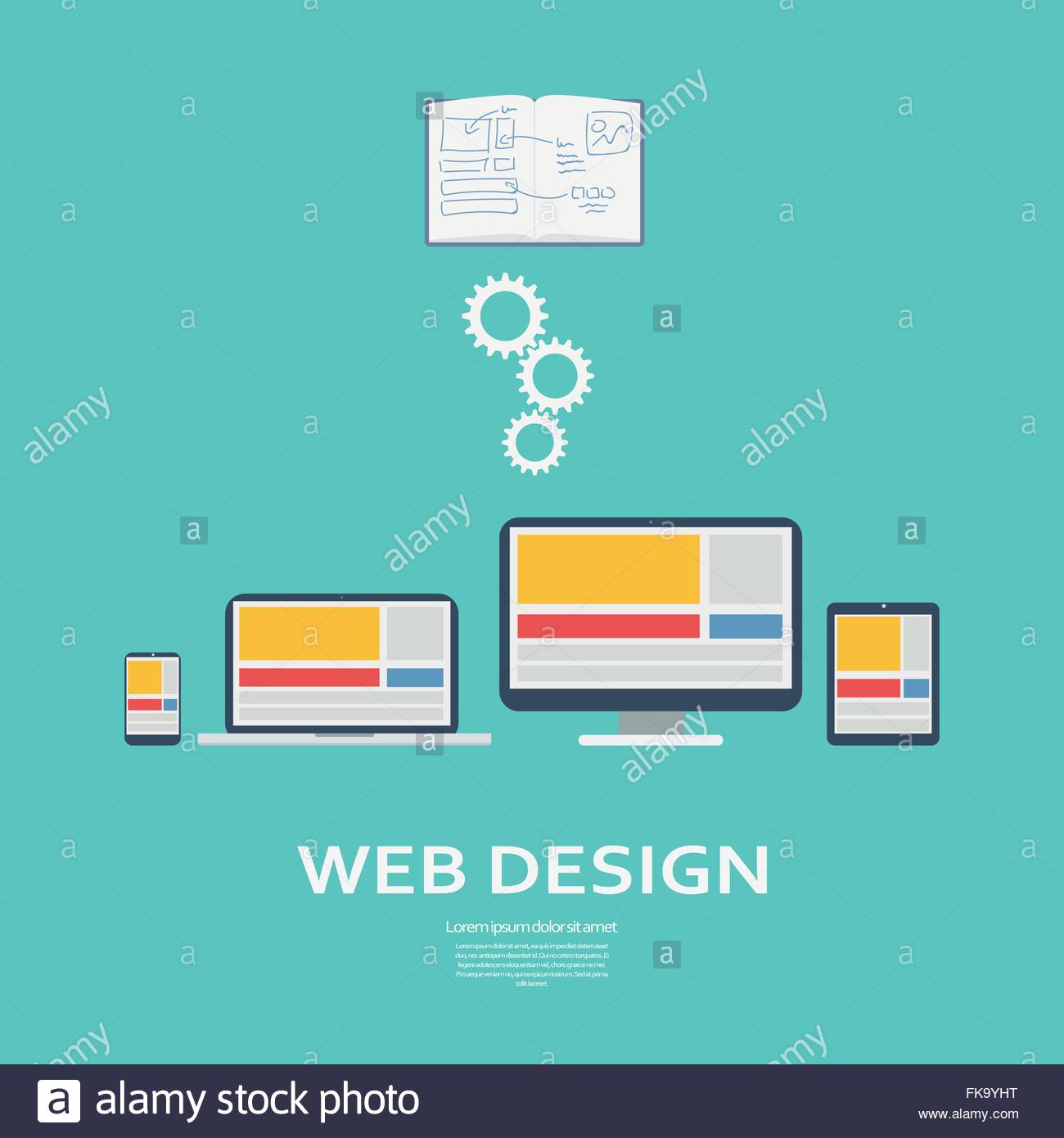Essential Internet Site Style Insights: Referrals For Building An Instinctive Interface
Essential Internet Site Style Insights: Referrals For Building An Instinctive Interface
Blog Article
Short Article By-Hovmand Bak
When it comes to website style, ensuring user-friendliness is key. From responsive style to structured navigating, every element plays a critical function in developing a site that accommodates your audience's needs. Yet what regarding the finer details that can make or break a user's searching experience? Remain tuned as we uncover some often-overlooked pointers that can boost your internet site's usability to the next level, making it really stand out in the digital landscape.
Significance of Responsive Style
Responsive style is a crucial aspect of contemporary web site advancement. Guaranteeing your web site is receptive ways that it can adapt to different display sizes and devices, offering a seamless experience for customers.
With the boosting use smartphones and tablets to access the internet, having a receptive style is vital for getting to a larger audience. It assists in improving individual experience by making your internet site very easy to navigate and read on any kind of device.
Furthermore, receptive design can favorably affect your internet search engine positions, as internet search engine like Google focus on mobile-friendly internet sites. By having a responsive design, you're additionally future-proofing your internet site, as new tools with varying screen dimensions continue to emerge.
Simplify Navigating Framework
To boost individual experience and assist in very easy access to info on your internet site, streamlining the navigation framework is vital. When designing https://seocontentmarketingstrate06283.blogripley.com/31772626/search-engine-optimization-finest-practices-how-to-outrank-your-competitors , focus on developing a clear and user-friendly navigation food selection that helps visitors find what they're looking for quickly.
Limit the number of food selection items to the basics, organizing relevant pages together to stay clear of frustrating individuals. Usage detailed labels that plainly indicate the web content of each web page, making it easier for customers to understand where each link will take them.
Think about applying dropdown menus for subcategories to prevent cluttering the primary navigating bar. Furthermore, consist of a search bar prominently on the web page for users who like searching for details info.
Prioritize mobile responsiveness in your navigation design to ensure very easy accessibility on all devices.
Optimize Page Load Rate
Improving web page tons speed is crucial for retaining site visitors on your web site. Slow-loading pages discourage customers and can cause high bounce rates. To optimize page lots speed, start by enhancing images. Compress modern web design without jeopardizing top quality to minimize their documents dimensions.
Furthermore, allow browser caching to save often accessed resources locally, quickening load times for returning site visitors. Minify CSS, JavaScript, and HTML data by getting rid of unnecessary characters, comments, and format, improving load rate.
Consider utilizing a material distribution network (CDN) to disperse your site's web content across numerous web servers worldwide, lowering latency for customers accessing your site from different areas. Lastly, limit using third-party manuscripts and plugins, as they can dramatically influence load times.
Conclusion
To conclude, by integrating receptive style, simplifying navigation, and maximizing page tons speed, you can develop a straightforward web site that appeals to a bigger audience and improves customer experience. These essential elements make certain that visitors can quickly accessibility and browse your website across various tools, resulting in enhanced interaction and contentment. By focusing on these vital aspects, you can build a successful site that maintains individuals coming back for more.
